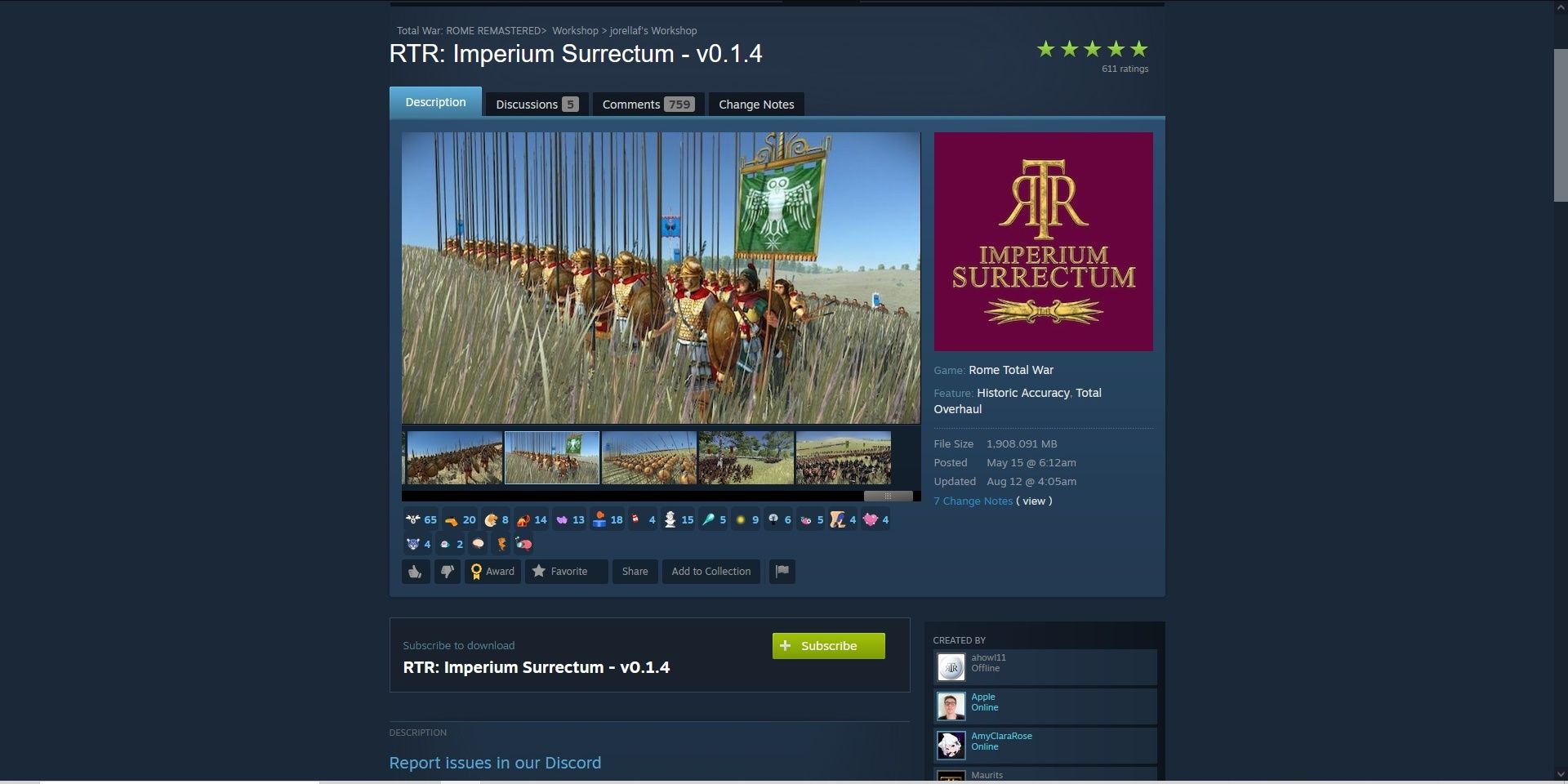

It's beyond the scope of this short guide to go into what specific tags do, but the vanilla objects and previous mods by members of the community will give you plenty of examples to work with. You can see that the info.txt just has a few fields defining basic information about the mod, and the objects folder contains objects exactly the same as objects from previous versions of Dwarf Fortress. Mods contain an info.txt file and either an "objects" folder or a "graphics" folder (or both.) All of the vanilla objects in the game now use this format. Mod Format and Updating Mods from Old Versions Unlike the previous versions of Dwarf Fortress, mods no longer live inside save files and must be installed on every computer where saves using those mods are going to be loaded. You should put mods at the end of the mod list after the vanilla objects if you don't have any further information, so that they can reference vanilla objects after those are loaded. Pressing this will let you select which mods you'd like to install and what the load order should be. When creating a world and choosing its initial parameters, if you have a mod available, there should be a Mods button at the bottom of the screen. If you aren't using Steam, you can install mods manually by putting the mod zip or the unzipped mod folder inside the "mods" folder (if this folder doesn't exist, you can create it.) If you subscribe to a mod on Steam Workshop, it should be available when creating a new world automatically. Mods are installed when you create a new world.

Each mod is a zip file or unzipped folder with the required format (see below.) Dwarf Fortress Modding Guide (version 50.01+)ĭwarf Fortress supports mods in the form of new objects and tiles.


 0 kommentar(er)
0 kommentar(er)
